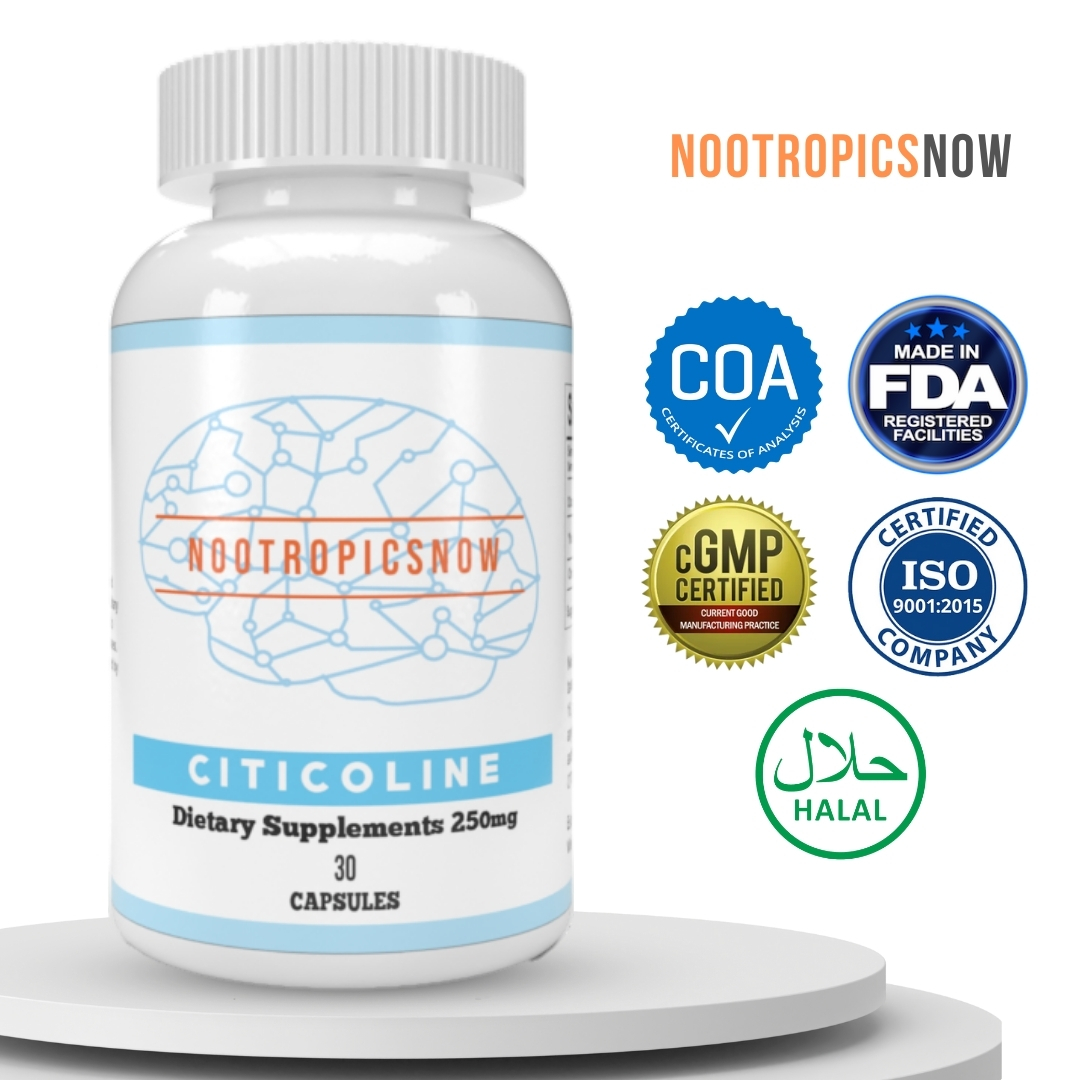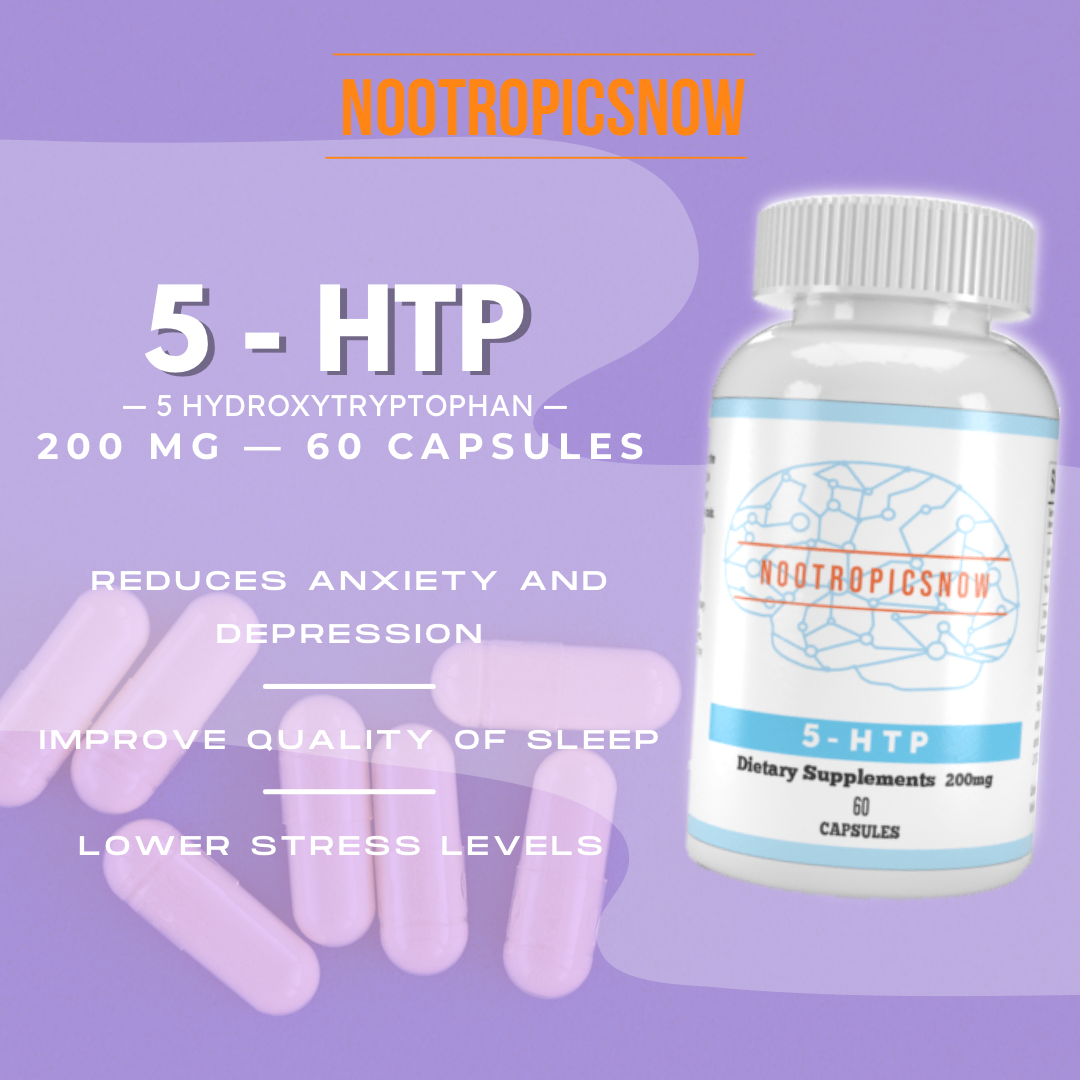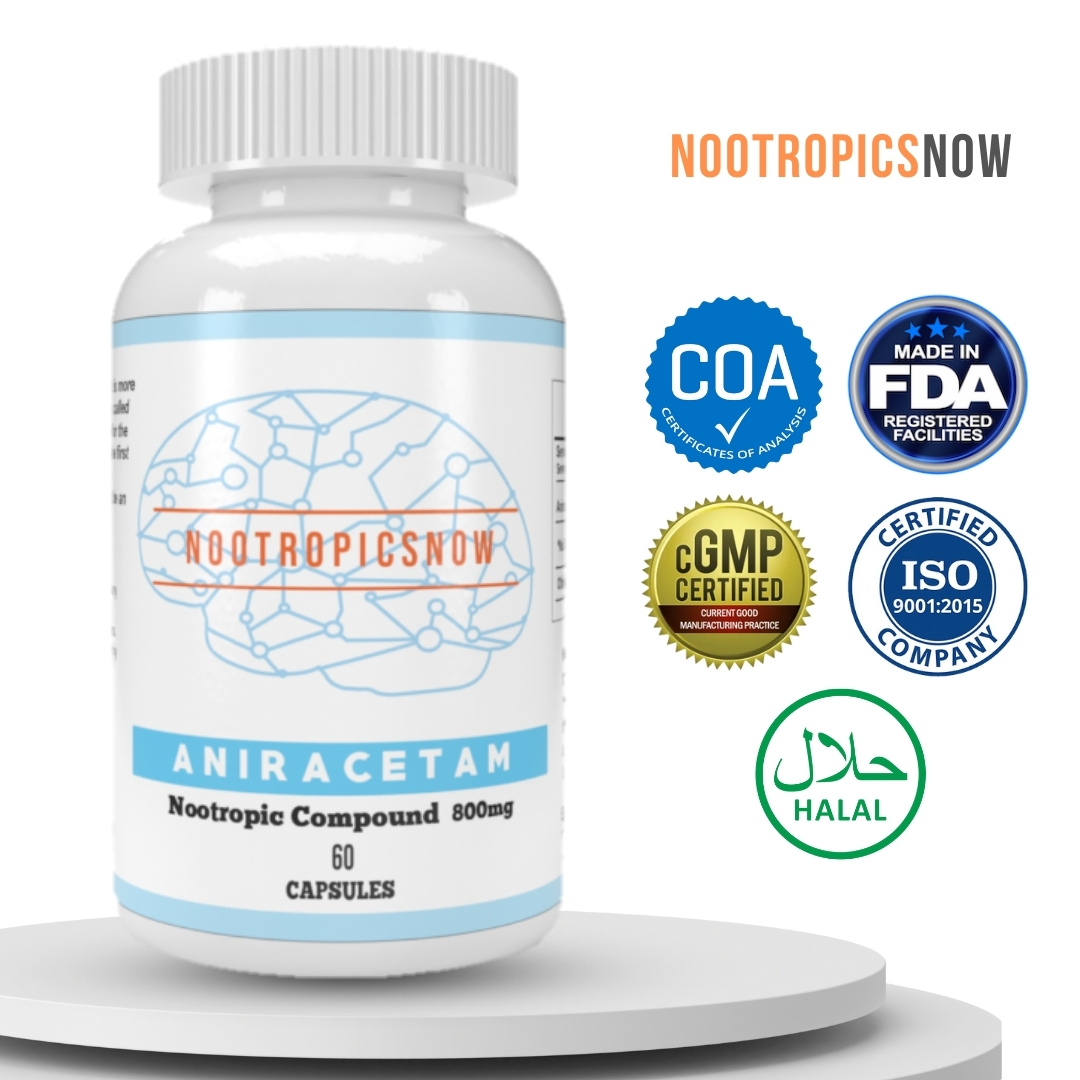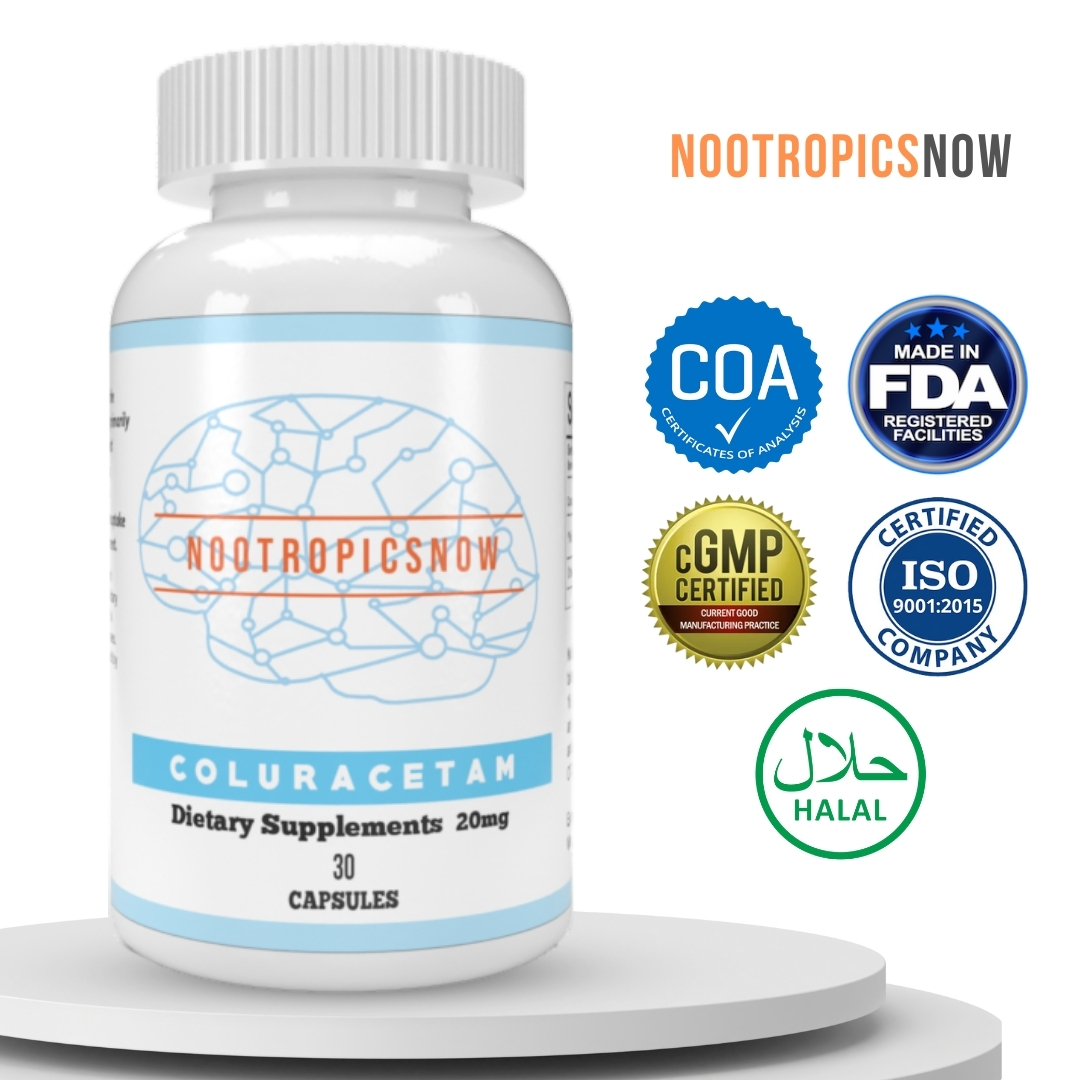Racetam 500: Uses, Dosage & Side Effects

`markdown
Racetam 500: A Comprehensive Guide to Piracetam
Racetam 500, more commonly known as Piracetam, is a foundational nootropic substance in the racetam family. Renowned for its potential cognitive-enhancing effects, Piracetam has been studied extensively for its influence on memory, learning, and overall brain function. This guide aims to provide an in-depth exploration of Piracetam, covering its history, mechanism of action, potential benefits, recommended dosages, safety considerations, and legal status. Moreover, it will also delve into user experiences and provide practical advice for those considering incorporating Piracetam into their cognitive enhancement regimen.
The Origins of Piracetam
The history of Piracetam dates back to 1964, when it was first synthesized by the Romanian scientist Dr. Corneliu Giurgea at UCB Pharma in Belgium. Dr. Giurgea coined the term “nootropic” to describe substances that enhance cognitive functions without causing sedation or stimulation. Piracetam was the first compound to meet these criteria, thus establishing the foundation for the entire class of nootropics. Initially, the research focused on its potential as a motion sickness remedy; however, investigations quickly revealed its capacity to improve cognitive performance. This discovery marked the beginning of a new era in cognitive enhancement research. Piracetam quickly garnered attention for its unique ability to promote brain health.
Unraveling the Mechanism of Action
Understanding how Piracetam works is crucial for appreciating its potential benefits. While the exact mechanism remains a subject of ongoing research, several key pathways have been identified. Unlike many other psychoactive substances, Piracetam doesn’t directly interact with major neurotransmitter receptors. Rather, it appears to modulate the activity of various neurotransmitter systems, primarily involving acetylcholine and glutamate.
Specifically, Piracetam is believed to enhance the fluidity of cell membranes, improving communication between neurons. Additionally, it facilitates the action of acetylcholine, a neurotransmitter vital for memory, learning, and attention. Piracetam binds to and potentiates the AMPA receptors, which are vital glutamate receptors that are involved in synaptic plasticity, and are key for memory formation. Glutamate, as the primary excitatory neurotransmitter in the brain, plays a pivotal role in learning and memory processes. By modulating these key neurotransmitter systems, Piracetam promotes improved neuronal communication, thereby enhancing cognitive functions. Furthermore, Piracetam increases blood flow and oxygen utilization in the brain, providing more energy to neurons. This contributes to improved mental performance.
Cognitive Enhancement: A Closer Look at the Benefits
Piracetam is recognized for a spectrum of cognitive benefits, primarily encompassing improvements in memory, learning, focus, and overall cognitive performance. Individuals report an enhanced ability to recall information, improved concentration, and a greater capacity for learning new skills.
Memory Enhancement: One of the most commonly reported benefits of Piracetam is its ability to improve memory formation and recall. Users often find it easier to remember details, facts, and experiences, making it particularly beneficial for students and professionals who require sharp memory skills.

View Product
Enhanced Learning Capacity: Piracetam can accelerate the learning process by improving attention, focus, and memory consolidation. This makes it easier to grasp new concepts and retain information, leading to improved academic and professional performance.
Increased Focus and Attention: By modulating neurotransmitter activity and improving neuronal communication, Piracetam can sharpen focus and increase attention span. This benefit is especially useful for individuals with attention deficits or those who struggle to concentrate for extended periods.
Improved Cognitive Clarity: Many users report a sense of mental clarity and enhanced cognitive processing speed while taking Piracetam. This can lead to improved problem-solving abilities, faster decision-making, and enhanced overall cognitive function.
Neuroprotective Effects: Research suggests that Piracetam has neuroprotective properties, which may help protect the brain from damage caused by aging, toxins, and other stressors. It can improve the structural integrity and function of neurons.
Mood Enhancement: Some users report that Piracetam has a mild mood-enhancing effect, potentially due to its influence on neurotransmitter systems involved in mood regulation.
Recommended Dosages for Optimal Results
Determining the appropriate dosage of Piracetam is crucial for achieving optimal cognitive benefits while minimizing potential side effects. The standard dosage range for Piracetam typically falls between 1.6 grams to 4.8 grams per day, divided into two or three doses. It’s generally recommended to start with a lower dose and gradually increase it over several days to assess individual tolerance and response.
Some users prefer a “loading dose” approach, beginning with a higher dose (e.g., 4.8 grams) for the first few days to saturate the system before reducing to a maintenance dose. However, this approach may increase the risk of side effects and is not recommended for everyone.
The optimal dosage can vary depending on individual factors such as age, body weight, sensitivity to the substance, and the desired cognitive effects. It is essential to listen to your body and adjust the dosage accordingly.
Potential Side Effects and Safety Precautions
While Piracetam is generally considered safe, some individuals may experience side effects, particularly at higher doses. Common side effects include:
These side effects are typically mild and transient, often resolving on their own or with a dose reduction. It is essential to stay hydrated and ensure sufficient choline intake, as Piracetam can deplete choline levels in the brain, potentially leading to headaches.
Individuals with pre-existing medical conditions, particularly kidney problems, should exercise caution when taking Piracetam and consult with a healthcare professional. Piracetam should also be avoided by pregnant or breastfeeding women due to a lack of safety data in these populations. Furthermore, due to its blood-thinning effects, Piracetam should be used cautiously with other anticoagulants.
Piracetam Stacks: Synergistic Combinations
Many nootropics enthusiasts advocate for “stacking” Piracetam with other substances to amplify its effects and achieve specific cognitive goals. Some popular Piracetam stacks include:
The Legal Landscape of Piracetam
The legal status of Piracetam varies depending on the country. In many European countries, Piracetam is available as a prescription medication for treating cognitive disorders. However, in the United States, the FDA has not approved Piracetam as a dietary supplement or drug. The FDA has stated that Piracetam does not meet the definition of a dietary ingredient and has been primarily marketed as a research chemical. As a result, it is not widely available for sale as a cognitive enhancer, though it can be purchased for research purposes. The availability of Piracetam has changed over time and the regulations may vary from state to state. Before attempting to obtain Piracetam, consult with legal counsel in your jurisdiction to avoid breaking any laws.
User Experiences: Real-World Perspectives
User experiences with Piracetam are diverse, with individuals reporting a range of cognitive benefits and side effects. Many users praise Piracetam for its ability to improve memory, focus, and learning capacity. They often describe feeling more mentally alert, motivated, and capable of tackling complex tasks. Some users also report improved mood and reduced anxiety.
However, not all experiences are positive. Some individuals report experiencing headaches, insomnia, or gastrointestinal upset while taking Piracetam. These side effects are typically mild and transient, often resolving with a dose reduction or the addition of a choline supplement. It is important to acknowledge that the effect of piracetam can be highly individual, and some may not experience any noticeable benefits.
Practical Advice for Prospective Users
For individuals considering incorporating Piracetam into their cognitive enhancement regimen, here is some practical advice:
Sourcing Piracetam: Quality and Authenticity
Purchasing Piracetam from a reputable source is critical to ensure its quality and authenticity. Opt for suppliers that provide third-party lab testing results to verify the purity and potency of their products. Be wary of vendors that offer suspiciously low prices, as they may be selling counterfeit or substandard products. Look for customer reviews and ratings to gauge the reliability and trustworthiness of the supplier. It is important to ensure that the source complies with all local laws regarding the sale and distribution of Piracetam.
Exploring Alternatives to Piracetam
While Piracetam remains a popular choice among nootropics enthusiasts, several alternative substances offer similar cognitive benefits. Some popular alternatives include:
Each of these alternatives offers unique benefits and may be more suitable for certain individuals depending on their cognitive goals and preferences.
Future Research and Developments
Research on Piracetam continues to evolve, with ongoing studies exploring its potential applications in various neurological and psychiatric conditions. Future research may uncover new mechanisms of action, identify optimal dosages and combinations, and further elucidate the long-term safety and efficacy of Piracetam. As our understanding of Piracetam deepens, its role in cognitive enhancement and therapeutic interventions will likely expand, offering new possibilities for improving brain health and function.
The Enduring Legacy of Piracetam
Despite being one of the oldest nootropic compounds, Piracetam remains a relevant and widely used substance for cognitive enhancement. Its unique mechanism of action, diverse benefits, and relatively safe profile have contributed to its enduring popularity. While the legal status and availability of Piracetam may vary, its impact on the field of nootropics is undeniable, paving the way for the development of numerous other cognitive-enhancing substances. As research continues to expand our understanding of Piracetam and its potential applications, its legacy as a foundational nootropic compound is firmly secured.
This comprehensive guide has explored the multifaceted aspects of Racetam 500 (Piracetam), covering its history, mechanism of action, benefits, safety, dosages, legal status, user experiences, and alternatives. By providing a balanced and evidence-based perspective, this guide aims to empower individuals with the knowledge necessary to make informed decisions about incorporating Piracetam into their cognitive enhancement journey. Remember to consult with a healthcare professional before starting any new supplement regimen, and prioritize safety and responsible usage to maximize the potential benefits while minimizing any potential risks.
`
Racetam 500: Delving Deeper into Piracetam
Building upon the fundamentals, this section provides a more comprehensive exploration of Piracetam (Racetam 500). We’ll investigate its effects on neurotransmitter systems, delve into specific cognitive applications, examine potential side effects, and contrast it with other racetam family members. Moreover, we’ll explore dosage strategies and practical considerations for integrating Piracetam into a cognitive enhancement regimen.
Piracetam’s Influence on Neurotransmitter Systems
While Piracetam doesn’t directly bind to neurotransmitter receptors like GABA receptors, its influence on neurotransmitter systems is multifaceted. It is crucial to acknowledge its complex interaction with the brain. Primarily, Piracetam modulates acetylcholine, which is crucial for learning, memory, and attention. Specifically, it enhances acetylcholine’s release and utilization within the brain. This mechanism contributes significantly to Piracetam’s cognitive-enhancing effects.
Furthermore, Piracetam modulates glutamate, the brain’s primary excitatory neurotransmitter. Indeed, it enhances the activity of AMPA receptors, a subtype of glutamate receptors, promoting synaptic plasticity and long-term potentiation, which are vital for memory formation. Consequently, it is used in a lot of studies for cognitive enhancement.
Additionally, research suggests that Piracetam influences dopamine levels, contributing to its potential mood-enhancing and motivational effects. However, the exact mechanisms through which Piracetam modulates these neurotransmitter systems remain under investigation. These intricate mechanisms support its use as a cognitive enhancer.
Cognitive Applications of Piracetam
Piracetam has diverse cognitive applications, reaching beyond general cognitive enhancement. Studies demonstrate its effectiveness in addressing specific cognitive deficits associated with various conditions.
These diverse applications highlight Piracetam’s versatility as a cognitive enhancer and therapeutic agent, expanding the reach of its benefits. Furthermore, the research is ongoing to determine novel applications.
Side Effects and Safety Profile
Although Piracetam is generally well-tolerated, it is important to consider potential side effects. By knowing the side effects, one can take precautions to minimize their impact.
It’s important to note that individual responses to Piracetam vary. Starting with a low dosage and gradually increasing it can help assess your tolerance and minimize potential side effects. By taking precautions, Piracetam can be safely taken.
Piracetam Compared to Other Racetams
Piracetam is the original racetam compound. Yet, many other racetams have been synthesized and marketed since its discovery. Each racetam offers unique properties and effects. Some key differences between Piracetam and other racetams include:
The choice of which racetam to use depends on individual preferences, cognitive goals, and sensitivity to side effects. Researching different racetams and experimenting with low dosages can help determine the best option for individual needs. It may be worth considering if Piracetam is not giving you the desired results.
Dosage Strategies and Practical Considerations
Optimizing Piracetam dosage and integrating it into a cognitive enhancement regimen requires careful consideration. This involves starting with low doses and gradually increasing them based on individual tolerance and desired effects.
By following these dosage strategies and practical considerations, you can optimize your Piracetam usage and enhance your cognitive performance. By adhering to these guidelines, you can ensure a safe and effective experience.
Legal and Regulatory Status of Piracetam
Understanding the legal and regulatory status of Piracetam is crucial before purchasing or using it. The legal status of Piracetam varies across different countries and regions.
Before purchasing or using Piracetam, research its legal status in your country or region and comply with all applicable laws and regulations. Do not purchase it if it’s illegal.
Purchasing Considerations and Quality Assurance
When purchasing Piracetam, it’s essential to consider product quality, purity, and vendor reputation. Here are some tips for making informed purchasing decisions:
By considering these purchasing considerations and prioritizing quality assurance, you can ensure that you’re purchasing a safe and effective Piracetam product. Also, make sure the vendor has an adequate refund policy.
Future Research and Potential Developments
Research on Piracetam and its cognitive effects is ongoing. Future studies may further elucidate its mechanisms of action, identify new therapeutic applications, and optimize its dosage and usage protocols.
Potential areas of future research include:
As research progresses, new developments in Piracetam usage and therapeutic applications may emerge, offering potential benefits for cognitive enhancement and neurological health. Always follow the latest recommendations from your medical practitioner.
Conclusion: Responsible Use of Piracetam
Piracetam (Racetam 500) is a fascinating nootropic compound with a wide range of potential cognitive benefits. By understanding its mechanisms of action, cognitive applications, side effects, and legal status, you can make informed decisions about whether to incorporate it into your cognitive enhancement regimen. Remember to prioritize safety, consult with a healthcare professional, and purchase Piracetam from reputable vendors to ensure product quality and purity. As research continues, further insights into Piracetam’s potential and optimal usage protocols may emerge, paving the way for enhanced cognitive performance and neurological health. Always prioritize responsible use and stay informed.













